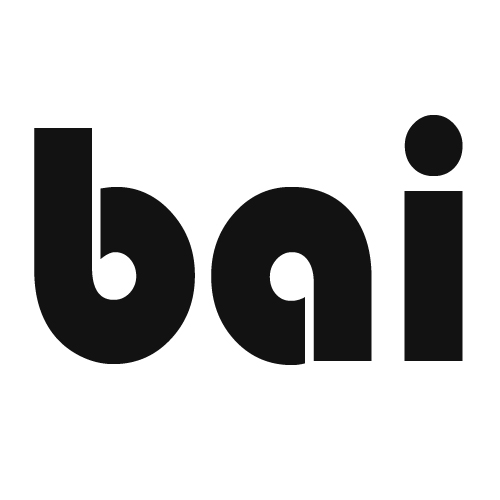Current Status
Price
Get Started

Wellcome Collection / Licence: Public Domain Mark: https://creativecommons.org/public-domain/pdm/ | A witch in the moonlight, opening her hand to a mandrake plant dressed in a white veil. Drawing by or after H. Fuseli 1741-1825. Reference: 562687i | Permalink: https://wellcomecollection.org/works/zr9vstv8
Enroll now as seats are limited:
Min. seats: 5 | Max. seats: 30 | Language: English
- Learn about pre-capitalist European societies and economy
- Discover how the development of capitalism impacted the female body
- Learn about the creation of the witch in western culture
- Learn about the regulation and control of the female body, labor, reproduction and gender formation
- Study witch hunt aesthetics and symbolism, and the representation of the female body as monstrous
- Explore the lineage between ancient and contemporary representations of witch-monster bodies
- Read and discuss prominent feminist and queer theories, particular those of Silvia Federici, and selected fiction
- Integrate existing interests, ideas and techniques into coursework via writing, drawing and 3D exercises
- Work independently while gaining insight into fellow classmates’ ideas and creative approaches
- Create new visual artworks and written work, collect new research sources
Online Course WITCH HUNT AESTHETICS: The Creation of the Female Body as Monstrous by Jasmine Reimer
“Through four weekly sessions, Reimer will trace witch hunt aesthetics and symbolism from 15th to 17thcentury Europe, to contemporary Western culture. Historic witch hunt imagery served as a powerful, strategic tool used not only in the creation of women-as-witches, but also in the formation and development of capitalism.
The witch hunt in Europe remains one the most understudied, if not also misunderstood, political events in European and world history (Silvia Federici). The threat of female “devil worship” was used by missionaries and conquistadors in the “new world” to control, persecute, and displace local populations. While in Europe, the victims were mostly widowed or unmarried peasant women and/or women without children. These women lived alone and practiced midwifery and/or natural plant remedies, and other alternative medicines learned via generations of female practioners. “Witches” were also those who practiced astrology, cosmology or other rituals seen as unscientific or of the “dark religions” such as Spiritualism – all of which were believed to weaken (patriarchal) economic and theological systems. But this in and of itself was not the reason why thousands of women were executed. Independent women, “witches”, posed a challenge to the then-beginning power structure of capitalism.
Your BAI Online Course Instructor

Jasmine Reimer is a Canadian artist, writer, researcher and art educator based in Berlin. Working in sculpture, drawing, non-fiction and poetry, her work uses symbolism, myth and abstraction to investigate physical and non-physical states of transformation. Specifically, Reimer explores the ever-changing hybrid-monster body and its role in maintaining the complexity of our identities.
Reimer exhibits internationally with her most recent exhibition at the plumb in Toronto and Khota Kunsthalle in Helsinki. In addition, Reimer writes art criticism, which can be found in ArtReview, Border Crossings, Peripheral Review and Mousse. In 2024 she was invited to a reading residency at Kunstal Gent where she hosted two reading sessions on the topic of Silvia Federici, and witch and monster aesthetics. Currently, Reimer teaches at Berlin Art Institute, with past classes held at The University of Guelph, Emily Carr University of Art + Design, Sheridan College and The University of Toronto. She is currently working on a series of Leporello books and preparing for a collective research residency on posthumanism hosted by The Betty Goodman Foundation in Italy.
Save the dates in your calendar
The dates for the live lectures for this course will be given on Tuesday January 06, 13, 20 and 27, 2026, each day from 4 – 6 pm (Berlin time). You will also receive an email reminder for each video conference before it takes place.
Recording of Live Sessions
We record the live sessions so that they remain available for a logged in course participant until one week after the last session. Please check before booking a course the technical requirements as listed below.
Access to content
You will get access to the course content and lessons in our learning management system once you are enrolled.
Technical requirements
We will use the Zoom Meeting application for the live sessions. You need a stable internet connection. There are two ways to access the live meeting:
1. Via the Zoom app
Before joining a Zoom meeting on a computer or mobile device, you can download the Zoom app here: https://zoom.us/download
or on: https://apps.apple.com/de/app/zoom-cloud-meetings/id546505307
Otherwise, you will be prompted to download and install Zoom when you click our join the zoom meeting link.
2. Via Google Chrome Browser on https://zoom.us/join
If you are using Google Chrome to join a meeting, you will see a dialog box to launch the Zoom application.
https://support.zoom.us/hc/en-us/articles/201362593-Launching-Zoom-from-a-web-browser
Here you find more info: https://youtu.be/hIkCmbvAHQQ
We will provide the Zoom Meeting ID before each meeting. BAI will record the live sessions.
For Windows, macOS, and Linux:
https://support.zoom.us/hc/en-us/articles/201362023-System-requirements-for-Windows-macOS-and-Linux
In addition to the Online Program, the Berlin Art Institute offers an international Studio Program, a Residency Program, Portfolio Courses, a Spring Academy, a Summer School, an Arts Incubator, a Friends Program, and the presentation and exhibition display 404 | BAI.
If you have any questions, please contact us at ecourses@berlinartinstitute.com

